Redmi 13C Review: Smartphone Bargain for Less Than $125?
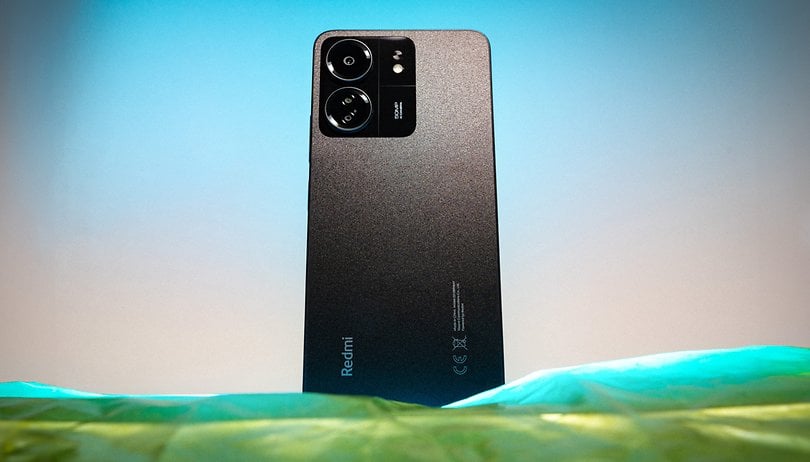

With the Redmi 13C, Xiaomi offers one of its most affordable smartphones for the masses. At first glance, the entry-level smartphone looks like an expensive high-end smartphone. However, does the lavish camera element and the back design hide its drawbacks or is the low-cost Xiaomi actually good for everyday use? It is time for us to take a closer look at the Redmi 13C in the nextpit review!
Good
- Attractive design with a lovely rear design
- Long battery life thanks to its 5,000 mAh battery
- Sufficient power for everyday app use (WhatsApp, Instagram, etc.)
Bad
- Camera is disappointing overall
- Old SoC without any 5G support
- Slow charging times
- No dust or water protection
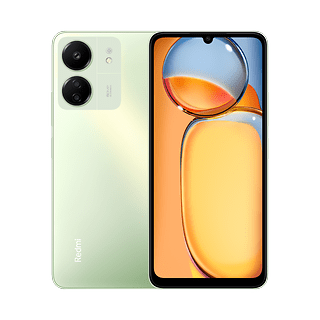
The Redmi 13C in a nutshell
The Redmi 13C from Xiaomi looks really stylish and is incredibly affordable. If you want to save as much money as possible when buying a new functional smartphone, you can pick up a Chinese smartphone here that can be used for WhatsApp, Facebook, YouTube, TikTok, and the like.
The performance is also adequate for mobile games if you turn down the graphics settings. Apart from that, however, the camera performance, charging times, and workmanship leave a lot to be desired.
This article was written as part of a collaboration with MediaMarktSaturn. This had no impact on the content or the editorial opinion.
Design & Display
The Redmi 13C comes with a 6.73" LCD display and a waterdrop notch. We received the pitch black review unit, where the back is characterized by a stylish camera element based on the design of more expensive Xiaomi smartphones. Most of the materials used are plastic and unfortunately, you will have to live without IP certification.
Pros:
- Really pretty design.
- Only 8.1 mm thin.
Cons:
- No IP certification.
- LCD display with shadows at the edges and color inaccuracies.
At first glance, the Redmi 13C does not look like an entry-level smartphone. The black color variant that we reviewed came with a textured plastic back. Although only plastic is used for the chassis, the Redmi 13C exudes a certain quality. This is where the smartphone, which costs less than $125, scored points in our book.
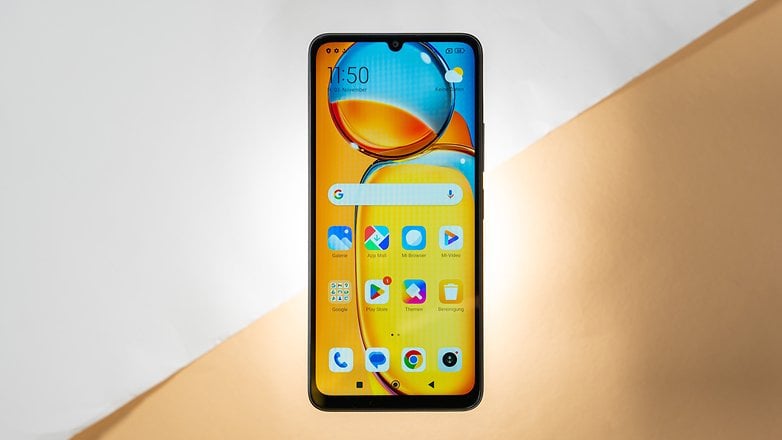
However, you have to make compromises with the display. Xiaomi uses a 6.73" LCD display which has a naturally low contrast ratio and some optical issues. If you were to look at the smartphone from a slight angle, you will see a color fog. Slight shadows can be seen at the edges, especially at the water drop notch at the top of the display. However, if you like watching movies and TV series on your smartphone, you might enjoy the Redmi 13C due to its size alone.
The fact that there is also a 90 Hz refresh rate at this price is also a positive point. Content, such as animation or scrolling web pages, appeared buttery smooth as a result. According to the manufacturer, there is also TÜV certification for a low blue light content. However, I never noticed any difference compared to other displays.
What bothered me a little about the Redmi 13C was the position of the mono speaker. It radiates sound downwards from the plastic case and is covered when the Redmi 13C is held horizontally. This reduces the sound quality significantly which is not very good in the first place.
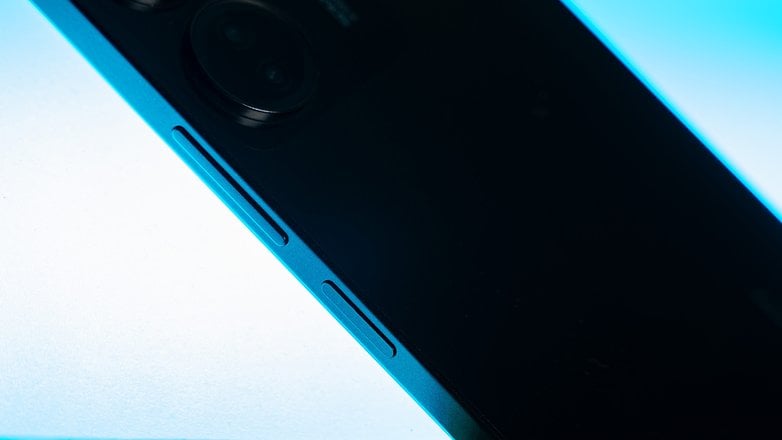
Another disadvantage? Xiaomi does not provide protection against water and dust. The fact that an entry-level smartphone does not have IP certification is still somewhat understandable. However, there is also no information on a water-repellent coating or other water protection measures in the technical specifications.
Performance & Software
The Redmi 13C is powered by a MediaTek Helio G85 SoC, an old acquaintance among entry-level SoCs. Together with a choice of 4, 6, or 8 GB of RAM, this results in a satisfactory working speed for the operating system. You get MIUI 14 which is based on Android 13 pre-installed.
Pros:
- Reasonable performance level for its price.
- NFC for mobile payment on board.
- Expandable internal memory.
Cons:
- No 5G in this version.
- Update policy is not clearly detailed.
- Plenty of pre-installed bloatware.
The Helio G85 is a mid-range processor from 2020. Four years after its release, it still has enough power to ensure a decent working speed for Android 14. Although you have to expect some loading times and the occasional stutter, the smartphone is generally satisfactory to use. However, the performance varies depending on the memory variant. The impressions we have from this review are based on the 4 GB RAM and 128 GB internal memory variant.
Something that you will not see on many smartphones in 2024: The Redmi 13C comes without 5G support. If you want to connect via the new mobile communications standard, you could opt for the more expensive 5G version of the smartphone. This uses the more powerful MediaTek Dimensity 6100+. What else is cool? The cheaper version is also equipped with NFC for contactless payments!
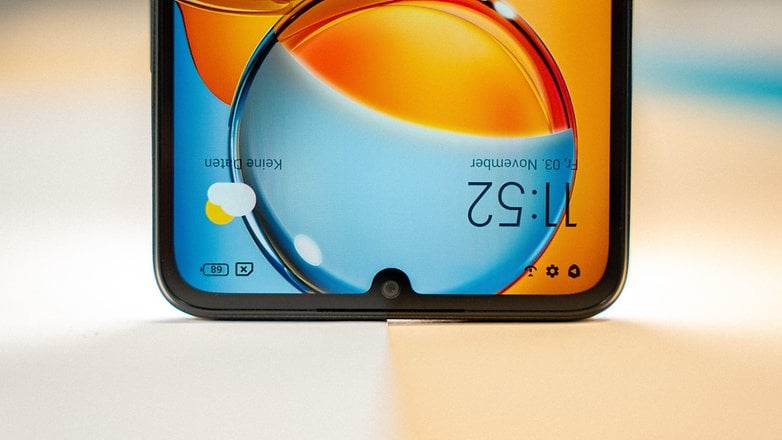
While you can expand the internal memory of the Redmi 13C with microSD cards, Xiaomi only offers a virtual memory expansion for the RAM. In my experience, however, this is a method to 'cheat' a little when it comes to RAM. Since the internal memory with eMMC 5.1 is rather slow, I would strongly advise against using any of it for the RAM. If you want more RAM, you'll have to dig deeper into your pockets. Let's take another look at the benchmark results:
| Redmi 13C (Helio G85) |
Redmi Note 13 4G (Snapdragon 685) |
Redmi Note 13 Pro 4G (Helio G99 Ultra) |
Redmi Note 13 Pro 5G (Snapdragon 7s Gen 2) |
Redmi Note 13 5G (Dimensity 6080) |
Galaxy A14 5G (Dimensity 700) |
Redmi Note 11 (Snapdragon 680) |
|
|---|---|---|---|---|---|---|---|
| 3D Mark Wild Life Stress test |
Best loop: 756 Worst loop: 733 |
Best loop: 660 Worst loop: 656 |
Best loop: 1,245 Worst loop: 1,217 |
Best loop: 3,050 Worst loop: 2,754 |
Best loop: 1,333 Worst loop: 1,307 |
Best loop: 1,200 Worst loop: 1,193 |
Best loop: 446 Worst loop: 442 |
| Geekbench 6 | Single: 430 Multi: 1,322 |
Single: 482 Multi: 1,601 |
Single: 744 Multi: 2,112 |
Single: 889 Multi: 2,523 |
Single: 777 Multi: 1,996 |
Single: 682 Multi: 1,804 |
Single: 385 Multi: 1,041 |
The performance is on par with other smartphones using the same SoC and the Redmi 13C also performed well compared to other "low-cost Android smartphones". For my test, I installed the mobile game "Call of Duty: Mobile" on the handset and was able to play it smoothly. Although I had to reduce the graphics settings to a minimum, this did not interfere with a smooth and competitive gaming experience.
I would like to share one more tip with you before we get to the camera: You should not necessarily view the Redmi 13C as a long-term investment as Xiaomi has remained vague over the software update policy. I would assume the usual two Android versions and three years of security updates as the bare minimum. You can get a lot more for a little more money here!
Camera
Xiaomi packs two cameras at the back of the Redmi 13C. These include a main camera with 50 MP and a macro camera with 2 MP. Anyone who frequently reads nextpit reviews of affordable smartphones will know our antipathy towards such setups: Effectively, you have a camera whose focal length you can only change via digital zoom. This "camera behemoth" (?) takes selfies at 8 MP.
Pros:
- It can take photos.
Cons:
- Disappointing camera setup.
- Selfies are not convincing, either.
- Video function falls short of expectations.
I'll be brief: If you're looking for a good camera smartphone, you should steer clear of the Redmi 13C. The camera setup on the back, which looks promising at first glance, turns out to be a single camera configuration at 50 MP. Although these are downscaled to 12 MP thanks to pixel binning, there is no real advantage to be seen.

This makes the Redmi 13C a rather inflexible snapshot camera, although it is perfectly suitable for capturing memories at the most basic. However, you shouldn't expect clear, low-noise pictures that you would want to hang on your wall. The same applies to the selfie camera, which has no autofocus and produces rather weak images at 8 MP.
Of course, you can also record videos with the Redmi 13C, but the maximum resolution here is Full HD. Again, this is suitable for capturing memories, but I wouldn't shoot a movie on this cheap smartphone. Once again, given the price, this is perfectly fine, even if there are better camera phones for a little more money.
Battery and charging
With a 5,000 mAh battery, the Redmi 13C promises long battery runtimes. The manufacturer also promises "fast charging at 18 W" in the technical specifications, inventing a wonderful oxymoron in the process! Charging is rather slow in everyday use, and a charger is also not included with the purchase.
Pros:
- Long battery life thanks to a 5,000 mAh battery.
- Charging via USB-C (predecessor still used microUSB!).
Cons:
- No charger was included (avoids electronic waste though).
- Fast charging at 18 W is not really powerful.
- No wireless charging.
The Redmi 13C has a large battery with its 5,000 mAh capacity. This is rather typical in this price range and once again, it ensures good battery life. You should get by with the Redmi 13C for a day even with intensive use, and if you were to pay a little more attention to your smartphone usage, you can easily eke out one and a half to two days out of it. We were able to confirm this in the PC Mark benchmark, where the handset lasted 13.5 hours under continuous load.
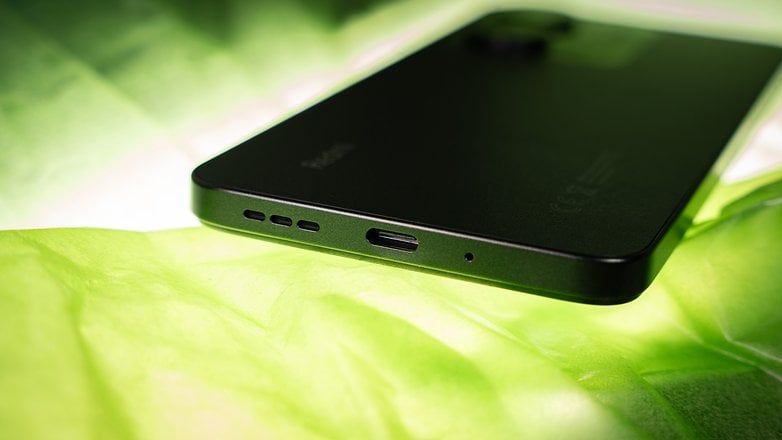
The Xiaomi Redmi 13C is charged exclusively via cable. The integration of a USB-C port is (actually) something long overdue. Its predecessor, the Redmi 12C, still came with the outdated microUSB. However, not much has changed in terms of fast charging thanks to USB C. The Redmi 13C can handle just 18 W, and a corresponding charger is unfortunately not included with your purchase. With a sufficiently fast charger, the charging times are as follows
Redmi 13C charging times
| Battery level | 10 % | 25 % | 50 % | 75 % | 100 % |
|---|---|---|---|---|---|
| Charging time (minutes) | 0 | 15 | 35 | 75 (1h 15m) | 110 (1h 50m) |
Xiaomi does not offer wireless charging in the Redmi 13C. However, we did not expect this at this price point.
Final verdict
With the Redmi 13C, Xiaomi offers rather minimal updates in one of its most affordable smartphones. Although the smartphone now comes with a stylish new design and USB-C, the manufacturer has left everything else pretty much untouched.
The standard version does not even support the new 5G mobile communications standard, the three "cameras" at the back turned out to be a single functional camera, and the performance is just about sufficient for a current Android setup at the bare minimum.
While the battery runtimes were impressive in the review, the "fast charging" was also a farce at a very slow 18 W. Charging times of almost two hours are no longer acceptable in 2024, as are many other features in this smartphone.
We therefore recommend spending a little more money to avoid looking for a new smartphone in a year's time. However, if you really need to save money and find the Redmi 13C stylish, you can still get along in your everyday life with this cheap handset

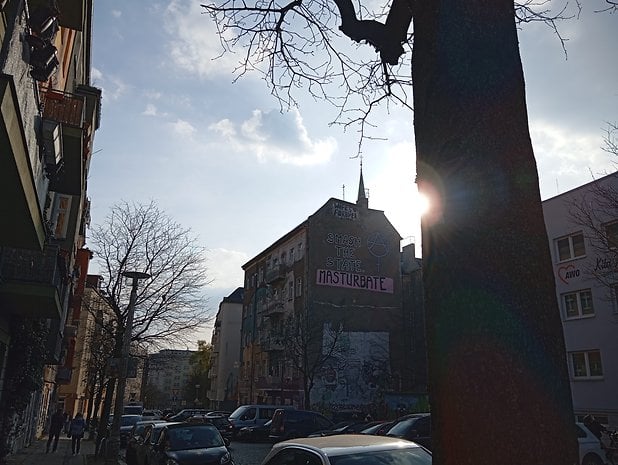


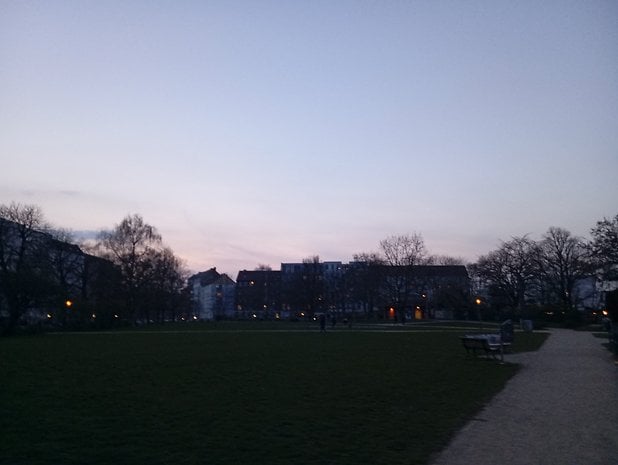






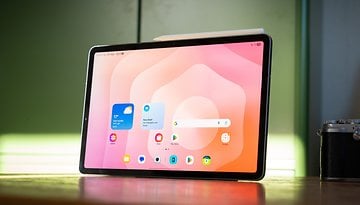

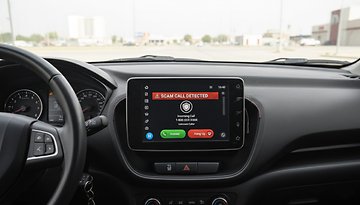
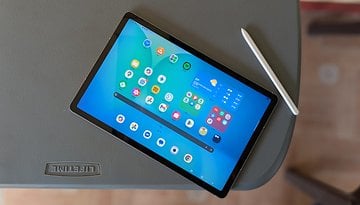
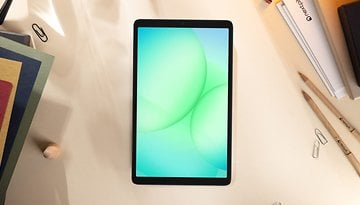
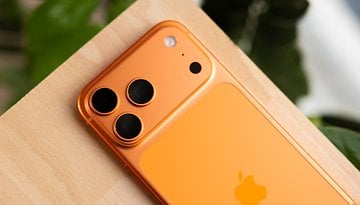
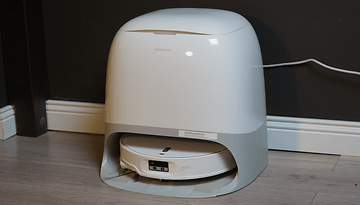

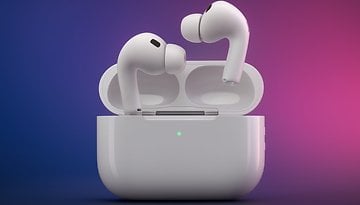
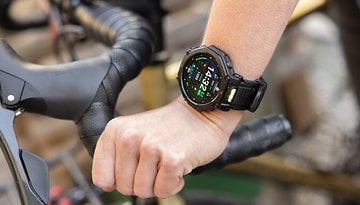

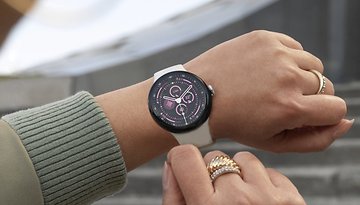


Just a note. The south African version does not come with NFC. Caught me off guard when I got one.
For my own review.
When playing games sometimes the input is not picked up near the edges of the screen the first time. Annoying
Love the screen size, brightness levels though make it hard to see . It catches fingerprint smudges really easily . Make sure u have a microfibre cloth on hand for any watching sessions or the glare gets u.
Love the phone overall but mainly bought it for a short term in between phone while I save for the Xiaomi redmine 13T pro for 1 or 2 years
-
Admin
-
Staff
Apr 19, 2024 Link to commentThanks for your comment.
Indeed, NFC is usually a market-dependent feature on some Redmi and Galaxy A phones.